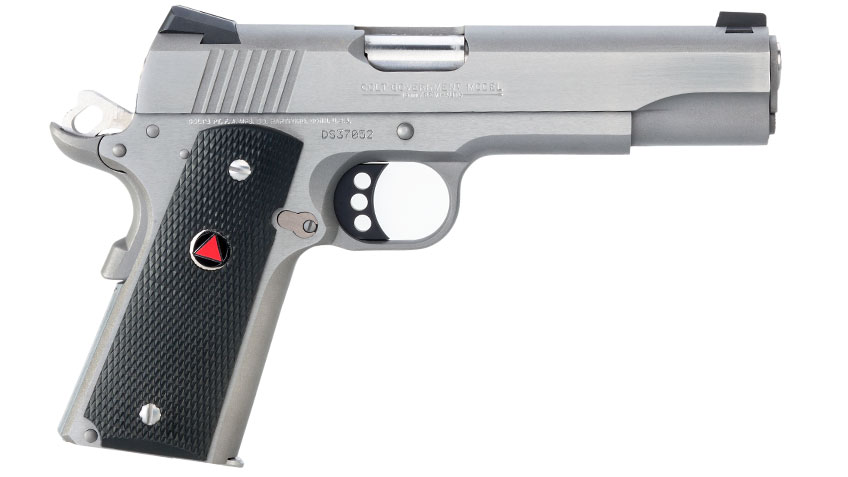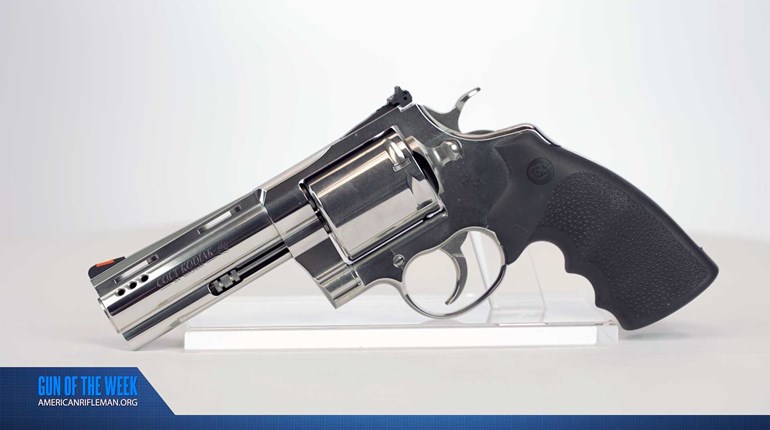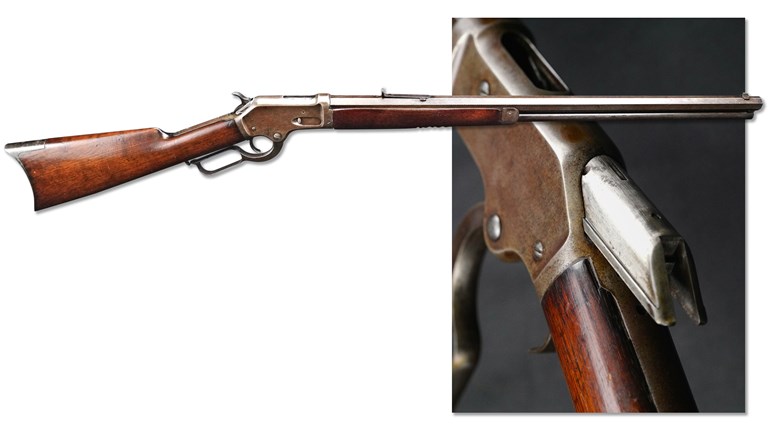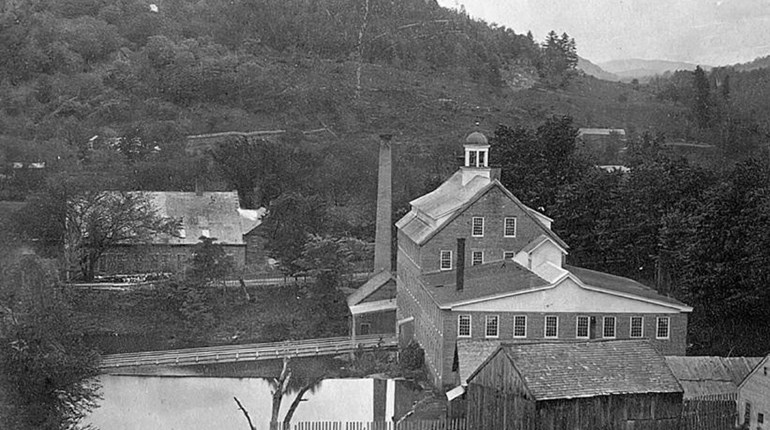
When I’m interested in powering up a handgun, downsizing the caliber is not my first thought. Yet, that’s the premise behind the 10 mm cartridge as envisioned by the FBI during its pursuit of the perfect pistol cartridge/caliber during the final decade of the last century. The bureau’s on-again/off-again romance with different solutions (along with Dornaus & Dixon’s failure of its Bren 10 pistol to reach production) essentially doomed the 10 mm until Colt stepped in and provided a home for the cartridge in the company’s iconic Model 1911.
The Colt Delta Elite is a Series 80 (rather than the older Series 70) design. This means—in addition to other manual-safety devices like the grip safety and slide stop, automatic safety devices like the disconnector, the hammer safety stop and the inertia firing pin—the Delta Elite also has a firing-pin lock. This prevents the firing pin from moving forward until the trigger is pressed. Some gunwriters, usually older guys, tend to go emotionally berserk over this feature. Don’t; the firing-pin lock requires a couple of extra steps and pieces in manufacturing, but it works fine.

While the Delta Elite is available in either stainless or blue steel, the test gun furnished was stainless and ran flawlessly on the range with all ammo tested. I can’t address the gun’s performance under adverse conditions simply because the gun didn’t really get dirty during our outings together. Good news is that it worked fine right out of the box, with no break-in period needed.
Things I liked: The controls are well designed. The prominent “speed bump” on the grip safety ensured proper disengagement with my normal shooting grip, while the large beavertail grip safety provided ample protection from slide cuts. A slender, strong-side thumb safety allowed easy manipulation, yet facilitated a proper firing grip (shooting hand thumb on top of rather than under the safety lever). Rubber grip panels with “checkering” resisted damage from scrapes and bumps but provided adequate grip control. Subdued serrations on the mainspring housing permitted a firm firing grip without snagging clothing during the draw stroke or while carrying concealed. Sharp-edged cuts on each side of the slide assisted manual operation of the pistol. An old-style barrel bushing and traditional recoil-spring guide simplified takedown, without requiring any additional tools. Both front and rear sights are dovetail-mounted in the slide, enhancing survivability in a rough environment. The three-white-dot sight system seems to be the norm for defensive pistols these days and does offer an improved sight picture in dim light or against threats wearing dark clothing.
Things that might be changed: There are no bumper pads on factory magazines, and while a flat bottom is fine on the magazine carried in the gun, speed reloads are greatly aided by an extended bumper pad. In fairness, the Delta Elite’s magazines did have rounded bottoms that protruded slightly below the magazine well, and that helped ensure proper seating with one definitive slap.

Every edge on the Delta Elite’s slide was quite sharp and, with the exception of the aforementioned slide cuts, they could stand some rounding. While the dehorning process would add some manufacturing costs to the gun (and perhaps detract from the appearance of the precisely machined slides) I’m in favor of a slightly friendlier exterior.
Things I’d consider changing: Flying in the face of today’s tactical wisdom, I’d think about putting adjustable sights on the pistol. Yes, it was conceived as a fighting pistol, but it handles a wide range of bullet weights with velocities normally reserved for magnum-caliber handguns. With its noticeably flatter trajectories, one can make precision shots at ranges well beyond what’s considered acceptable for conventional carry pistols, but only if you have properly sighted the gun in for your selected load. No, I haven’t made any hostage-rescue shots, but I have been hog hunting with 1911s chambered in 10 mm, and it was nice knowing exactly where the bullet would impact at ranges beyond 50 yards.
It’s no secret that I’m a long-term fan of the 1911, and now I’ve become a fan of the 10 mm 1911. If you start with a pistol that fits you and you can run smoothly, then how can you not like the added performance enhancements offered by the 10 mm? If you can handle the recoil/power of the .45 ACP or .40 S&W you shouldn’t have any problem managing the 10 mm Colt Delta Elite.







































